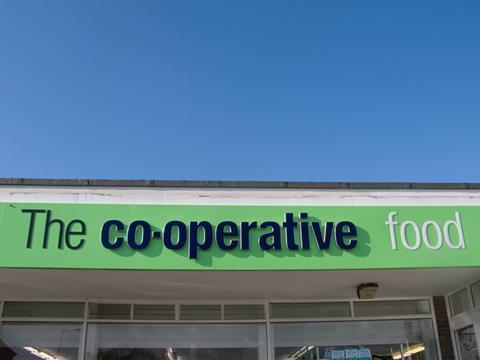
As commendable as it was, coverage of the voluntary pay cut of CEO Richard Pennycook diverted attention from The Co-operative Group’s significant progress.
So how is the Coop being turned around? And what are its plans moving forward?
The 1.6% growth in food sales for 2015 reported last week contrast neatly with a 1.6% fall in overall UK grocery sales (IGD) and provide a further sign of recovery from the Co-op’s darkest days, when profits from its food division slumped 37% between 2010 and 2014. The success is no accident: it’s the result of the carefully crafted Rescue, Rebuild and Renew plan, launched in 2013.
Having completed the first 12 months of the three-year Rebuild phase, the media briefing last week also disclosed a number of important plans for the future, including a “major” brand relaunch in the second half of 2016 described by chairman Allan Leighton as “the biggest thing to happen to our Co-op in 25 years”. An entirely new membership proposition will also arrive in May, which he teased would be both “innovative and compelling”. Underpinning it all is to a drive to “simply get back to being Co-op” – which means a fresh emphasis on its original principles, as well as “doing the things that have always mattered most to its members”.
Price cuts
£200m
- investment in price cuts by end of 2016
The starting point on its recovery has been price cuts: last year a hefty £125m investment was targeted at fresh produce: over 15% was sliced off fruit & veg prices, with sales increasing by 20%. The Co-op trumpeted more cuts last month, with prices on over 200 own-brand British meat and poultry products slashed by an average of 10%.
And despite the trend for dropping multibuys, the Co-op shows no sign of following suit: it proudly highlights its two-for-£6 offer on chicken fillets and mince.
The aggressive cuts are set to continue with the Co-op’s investment set to reach £200m by the end of 2016. Retail CEO Steve Murrells is keen to stress the focus on prices is no “one-year trick” and is a long-term strategy driven by what customers want.
And it’s working. Despite slashing prices, food profits increased by £8m between 2014 and 2015 due to the increase in sales volume and improved “cost efficiencies”.
Onus on own brand
3.2%
- increase in own brand sales
For Co-op chiefs, own-brand products are a core part of its strategy to ‘sell good food’. Murrells says Co-op food has become “as good, if not better” than the competition and CEO Richard Pennycook cites an added benefit: “They are buying something with Co-op ethics and values, and that is working really well for us too.”
Sales from Co-op branded lines increased 3.2% in 2015, so no surprise “the Co-op will be talking a lot more about own brand quality,” this year too.
Localism
130
- local foods stocked in Yorkshire stores
Local produce forms another key element of the food strategy. This isn’t just about buying British – it’s about tapping into regional tastes and specialities. Last year, Yorkshire stores tested the waters working with 50 county manufacturers and micro producers to showcase 130 local foods. It was clearly successful: a UK rollout is planned this year (see p36).
‘Little. Often. Coop’
100
- more convenience stores to open in 2016
With a 3.8% rise in convenience sales ‘little and often’ has been a strategy as much as a strapline: it opened 97 new convenience stores last year while shutting 18 other outlets, selling on or subleasing 53 and relocating 20 stores to alternative sites. This year it will open a further 100 c-stores – half in the under-represented London and South East – taking its convenience store estate to 2,200. That still leaves 679 supermarkets, some of which it hopes to adapt to encourage frequent, smaller food shops, but while Pennycook has always insisted there won’t be a fire sale, this week Rothschild has reportedly been appointed to dispose of 300 “non-convenience” outlets.
Nonetheless Murrells wants the Co-op to be a destination for everyday shopping, rather than just distress purchases. Recent figures suggest the chain is currently attracting both types of customer. In the Easter period, Kantar noted the Co-op pushed sales by keeping many stores open on Easter Sunday – a typical day for distress purchases. But Kantar also found consumers are visiting stores more frequently. “The way we get to that ultimate place is through the current approach, which is little and often,” he says. “We are in the communities where people are, and people are shopping three or four times a week.”
Membership
8 million
- people are Co-op members
Pennycook and Leighton take every opportunity to highlight the group’s eight million members and are keen to build on this by relaunching the Co-op membership offering in May, which Pennycook says will “fundamentally reset our relationship with our members for the long term”.
Considering 3.6 million people use Co-operative membership cards when they shop, membership clearly influences their purchasing habits. And a deepening of this relationship could drive further loyalty and food sales.







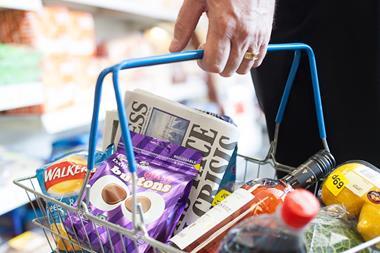
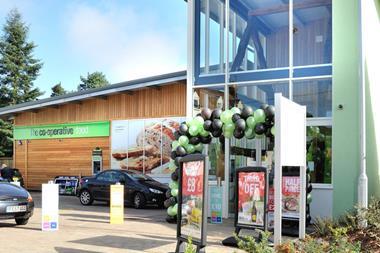

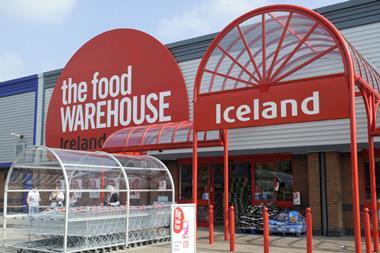
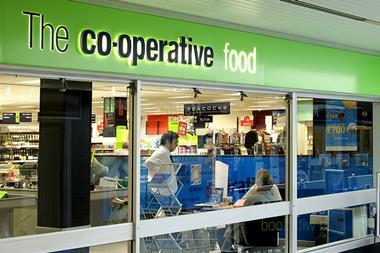
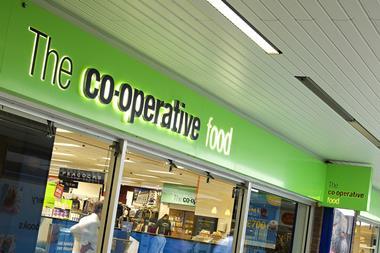






No comments yet